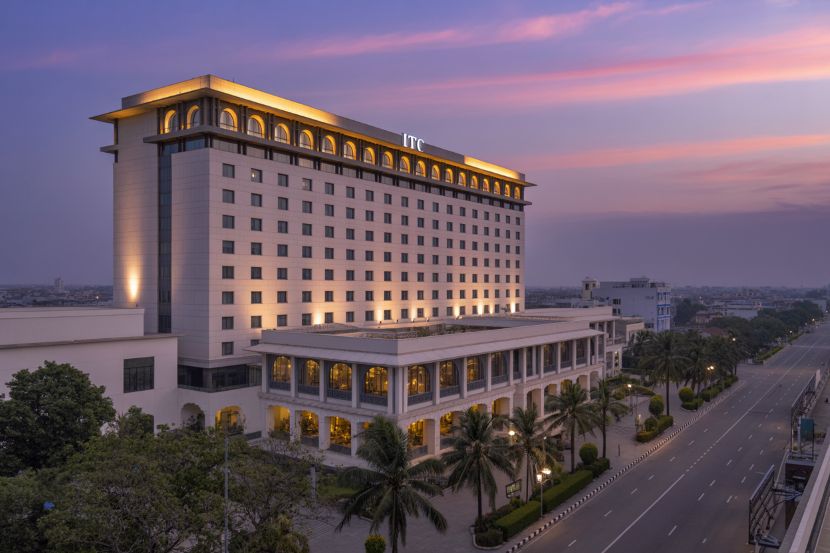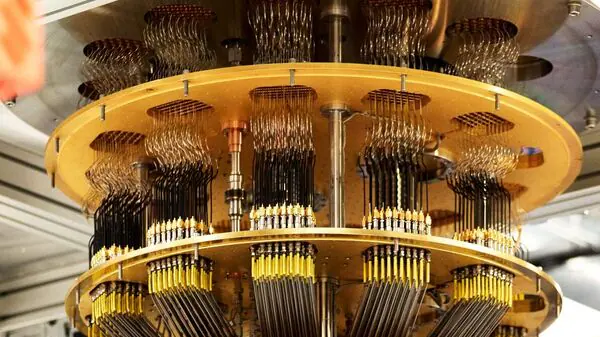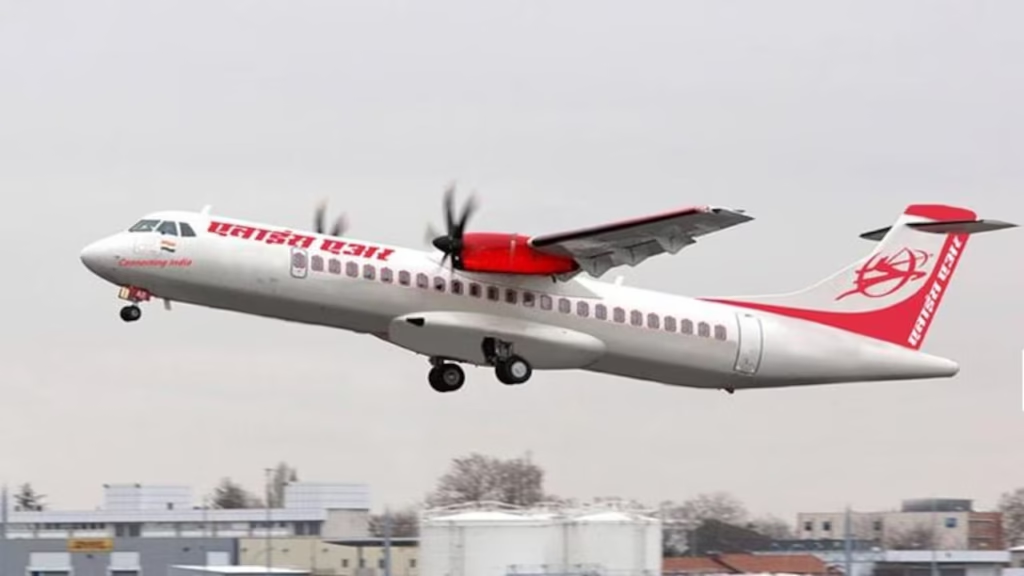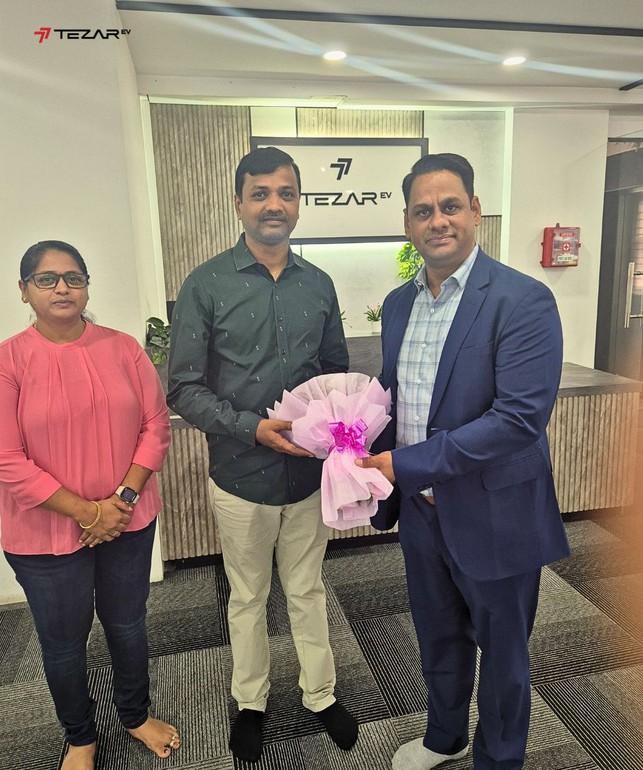Now Reading: PM Modi Set to Inaugurate Udhampur–Srinagar–Baramulla Rail Link: 8 Key Highlights That Mark a New Era for Jammu & Kashmir
-
01
PM Modi Set to Inaugurate Udhampur–Srinagar–Baramulla Rail Link: 8 Key Highlights That Mark a New Era for Jammu & Kashmir
PM Modi Set to Inaugurate Udhampur–Srinagar–Baramulla Rail Link: 8 Key Highlights That Mark a New Era for Jammu & Kashmir
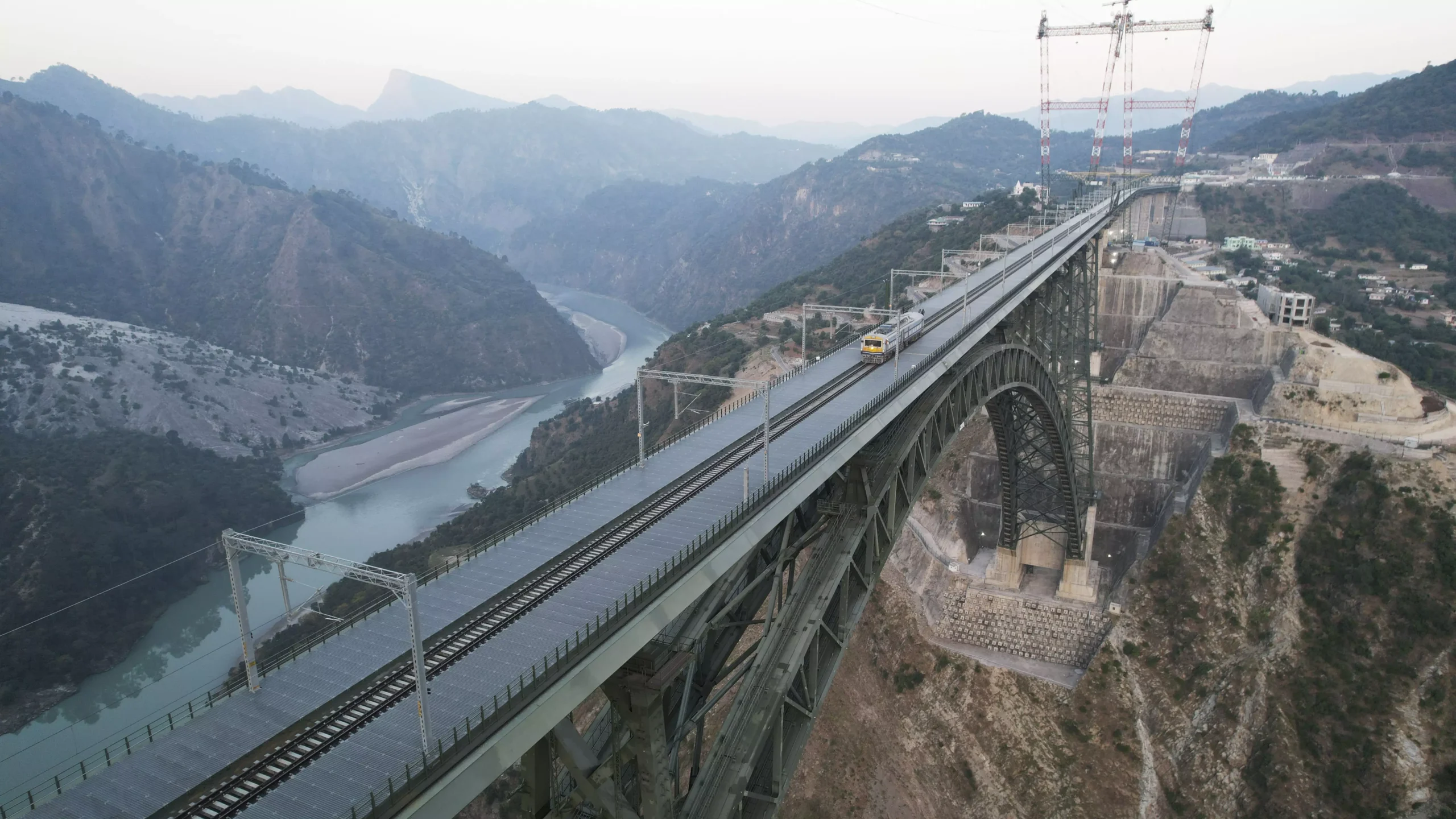
Prime Minister Narendra Modi will inaugurate the long-awaited Udhampur–Srinagar–Baramulla rail link today, a historic step in enhancing connectivity in Jammu and Kashmir. This railway stretch, which has been years in the making, is expected to significantly improve mobility, boost tourism, and create economic opportunities across the region—including for Tier 2 cities like Udhampur and Anantnag. The launch marks a transformative moment in infrastructure development in northern India.
1. Seamless Rail Connectivity Across the Valley
The new line connects Udhampur in Jammu to Baramulla in North Kashmir via Srinagar. This is the first time such uninterrupted railway access will be available, ensuring faster and safer transportation for both passengers and goods.
2. Highest Railway Bridge in the World
The route includes the Chenab Bridge—now officially the highest railway bridge in the world. Standing taller than the Eiffel Tower, this engineering marvel symbolizes India’s growing infrastructure capabilities and determination to bridge remote regions.
3. Tunnel Engineering at Its Best
The Pir Panjal Railway Tunnel, India’s longest railway tunnel, is a part of this link. At over 11 kilometers long, it enables smooth and all-weather travel through the mountainous terrain that was once difficult to access, especially during harsh winters.
4. Boost to Tourism Sector
With easy access to places like Gulmarg, Pahalgam, and Srinagar, the rail link is expected to see a surge in tourist footfall. This could greatly benefit small and mid-sized hotel owners, homestay providers, and travel operators in towns across Kashmir.
5. Employment Generation
Construction and operations of the railway line have already created thousands of jobs. Moving forward, local vendors, station workers, and small businesses in Tier 2 and Tier 3 areas along the route are likely to see economic growth.
6. Enhanced Safety and Reduced Travel Time
Previously, travel to Kashmir by road was prone to delays and landslides. The rail line offers a safer and quicker alternative, especially for students, traders, and daily commuters who depend on regular travel.
7. Strategic and National Security Importance
The railway has strategic significance too. Faster movement of goods and people to border areas will help in both disaster response and defence logistics, making it a key part of India’s security infrastructure in the region.
8. Green Transport for a Fragile Ecosystem
Indian Railways has incorporated sustainable design elements in the project. Electrified routes, reduced road traffic, and minimal environmental disruption contribute to making this link eco-friendly—important for preserving the fragile Himalayan ecosystem.
Conclusion
The inauguration of the Udhampur–Srinagar–Baramulla rail link is more than a symbolic event. It represents a tangible step toward integrating Jammu and Kashmir with the rest of India in a practical, economic, and emotional sense. As the first trains begin rolling, hopes are high that this corridor will unlock long-term development and open new possibilities for residents across the region, especially in lesser-served Tier 2 cities.








